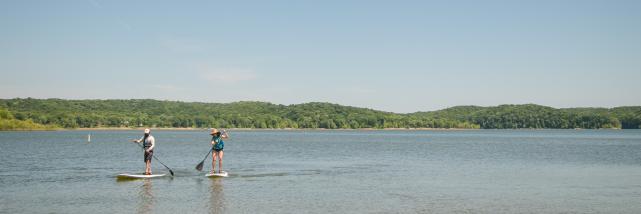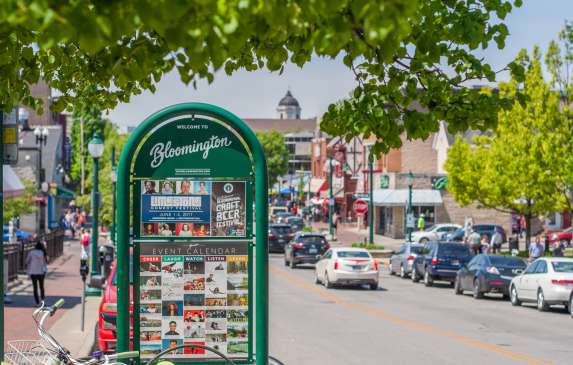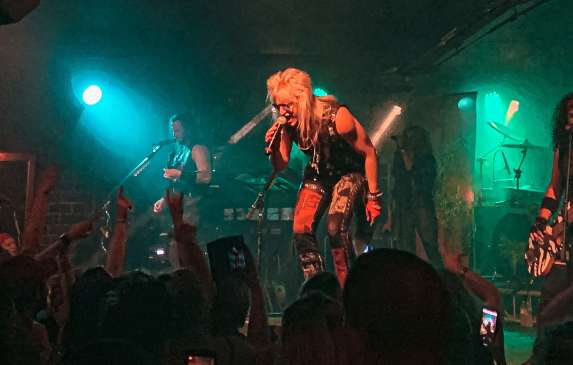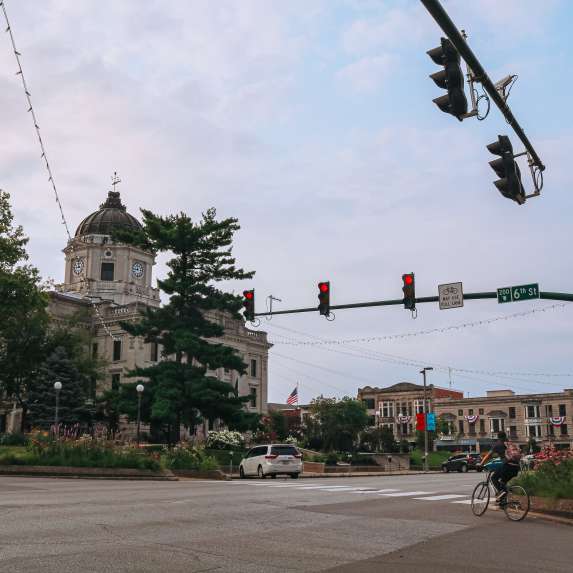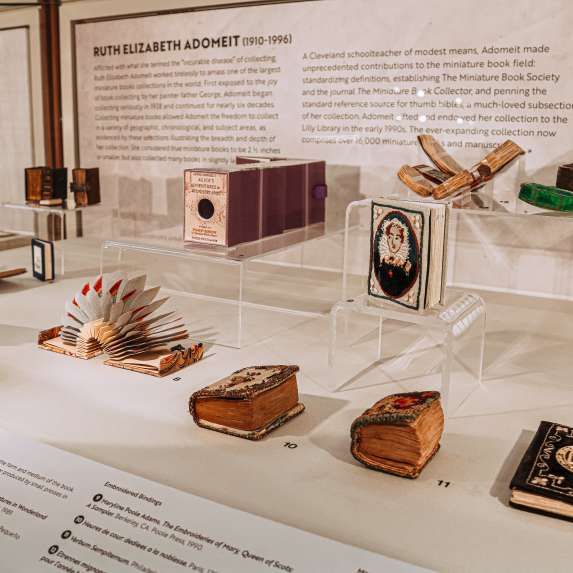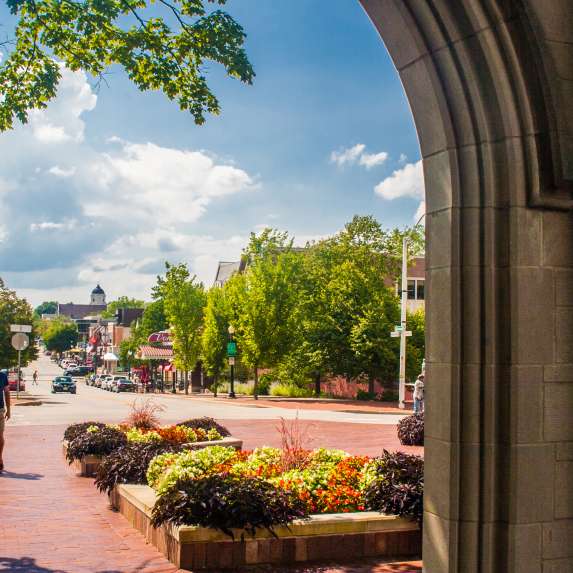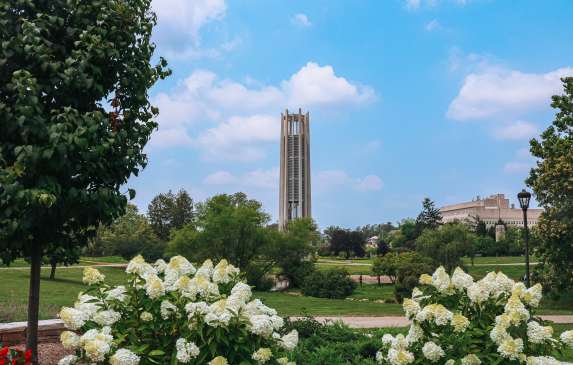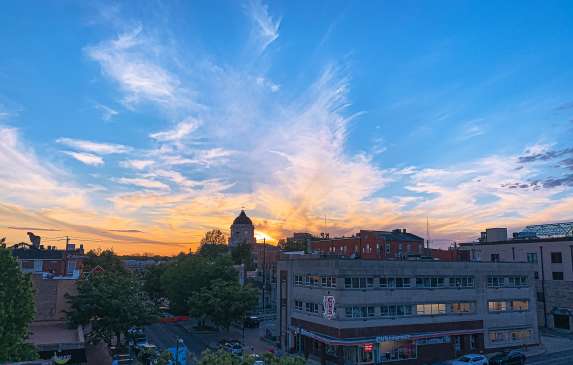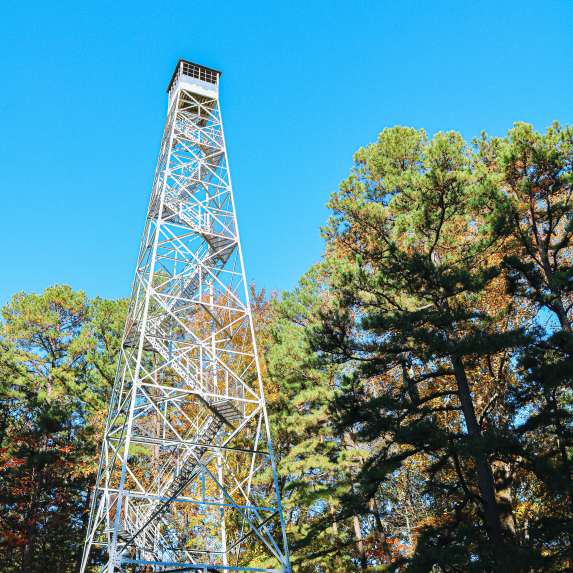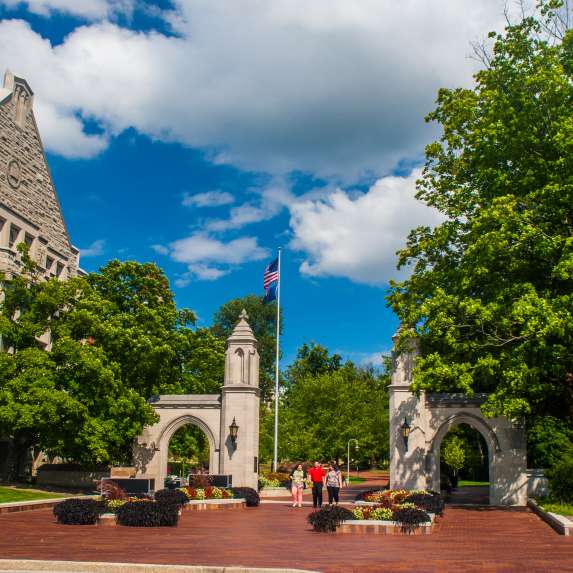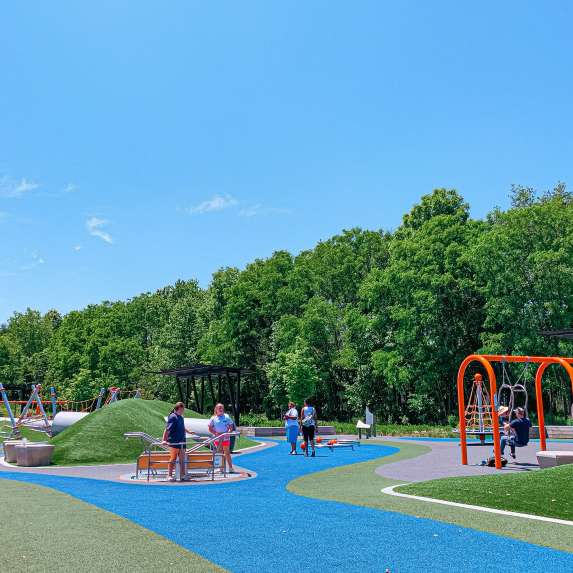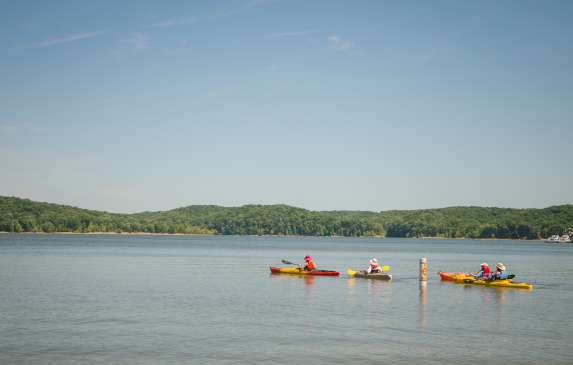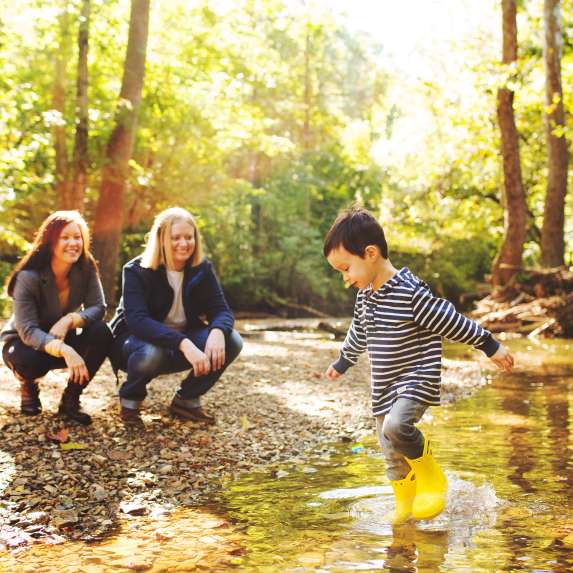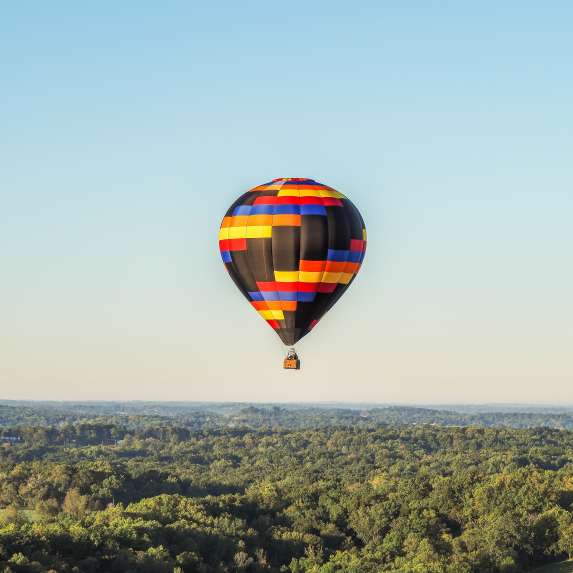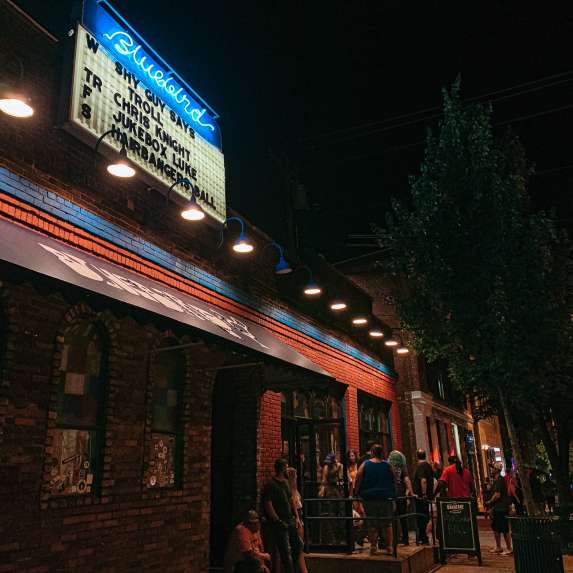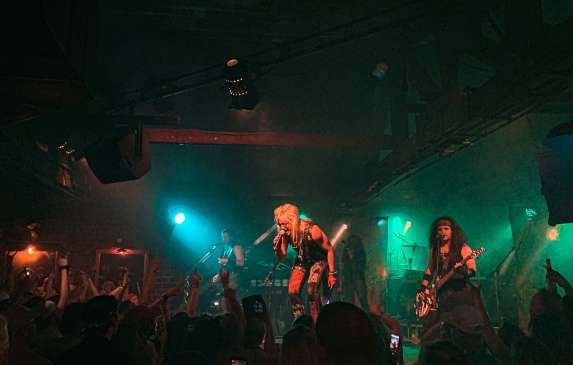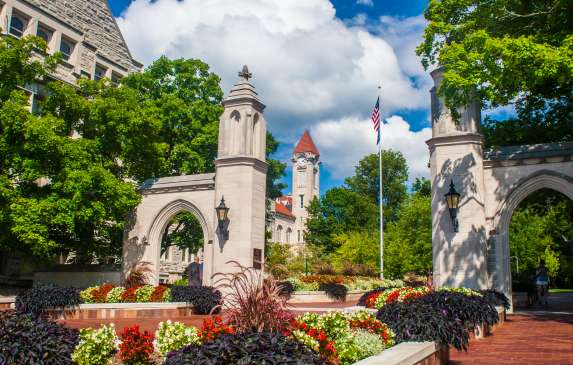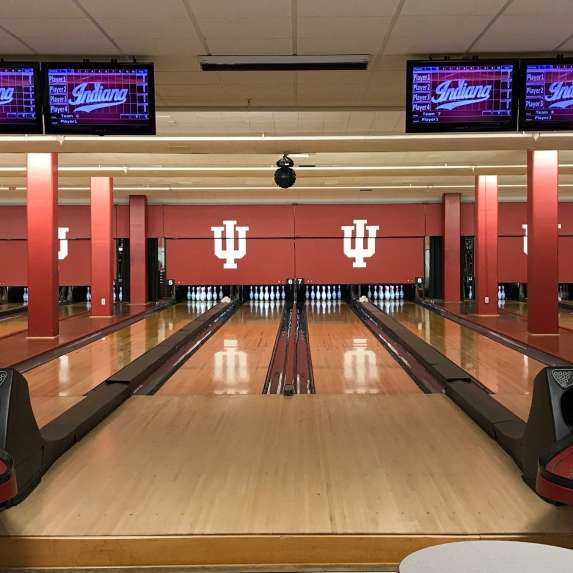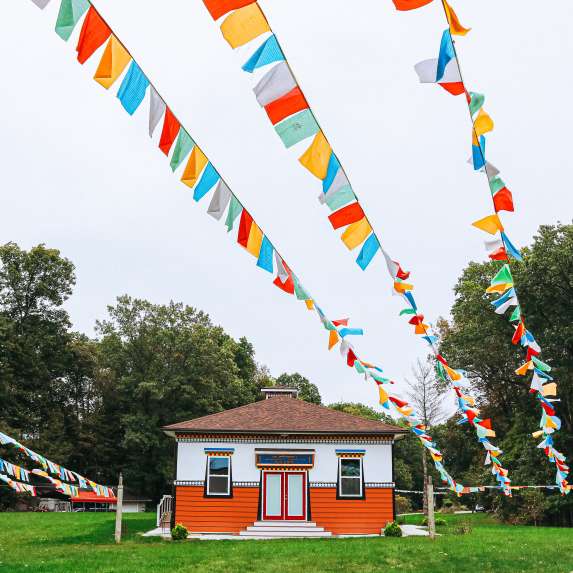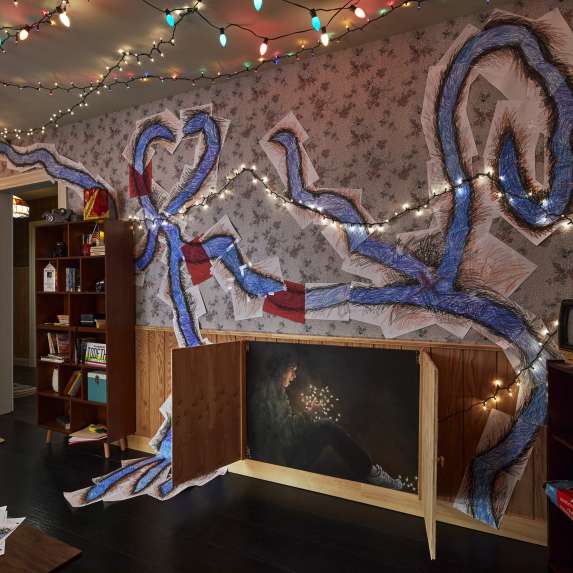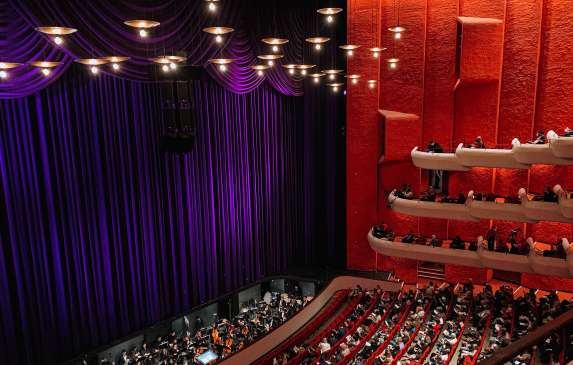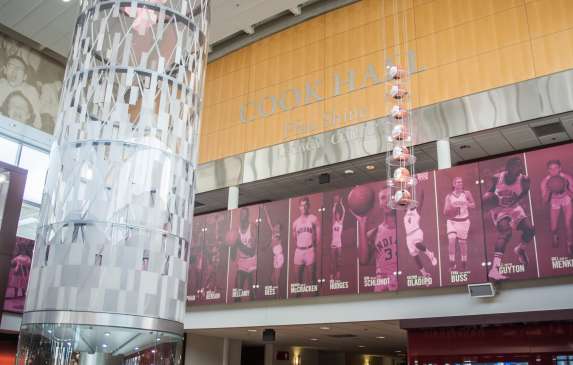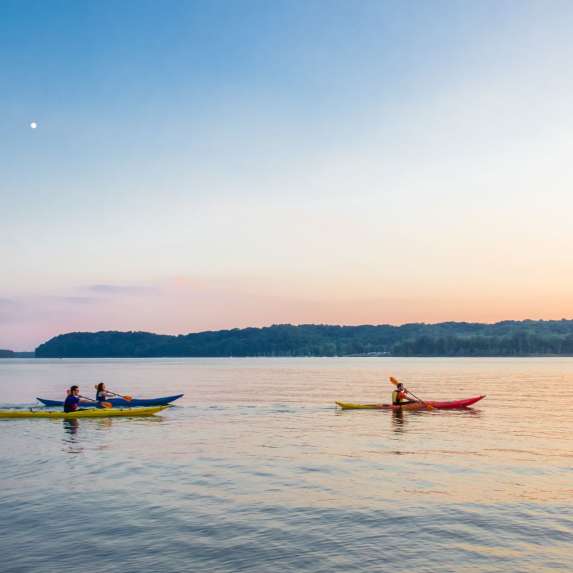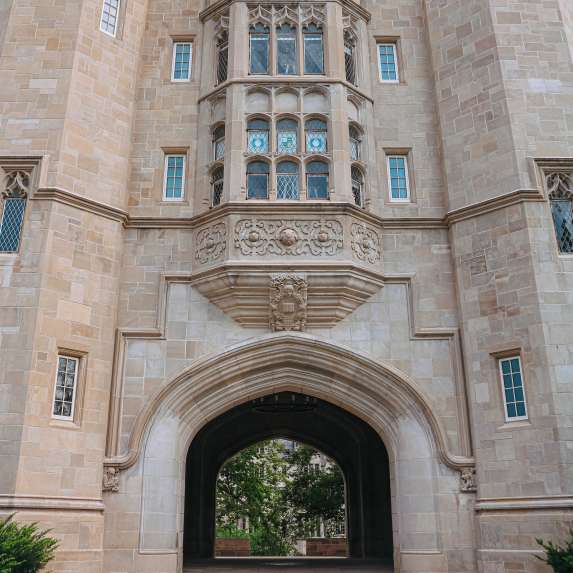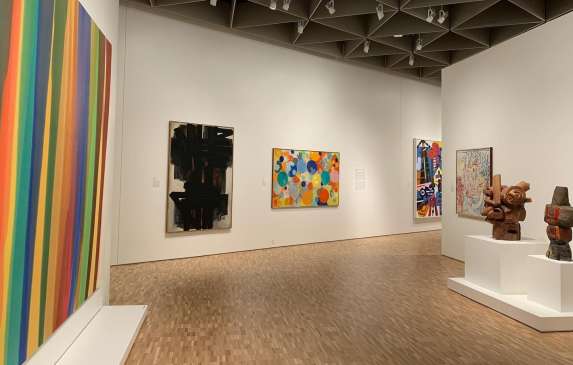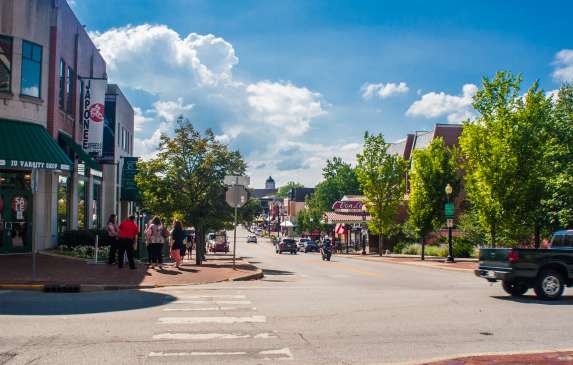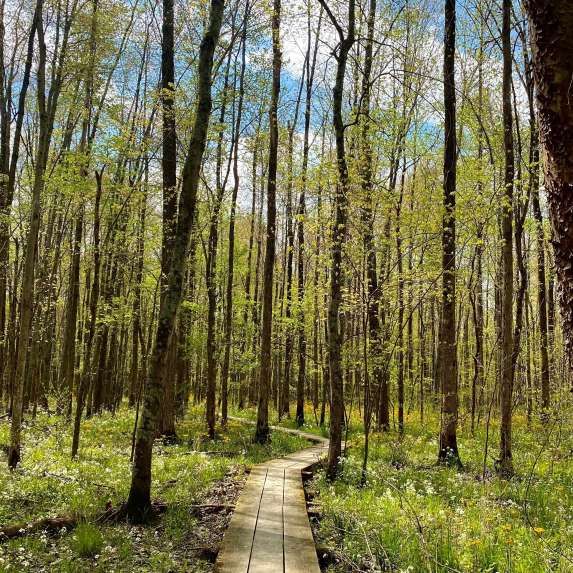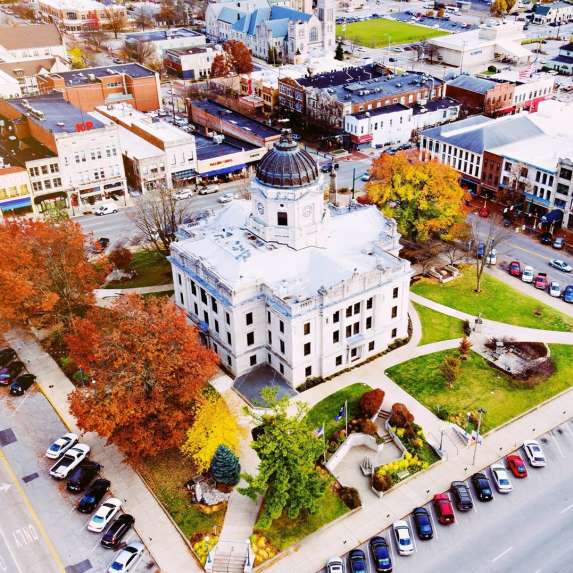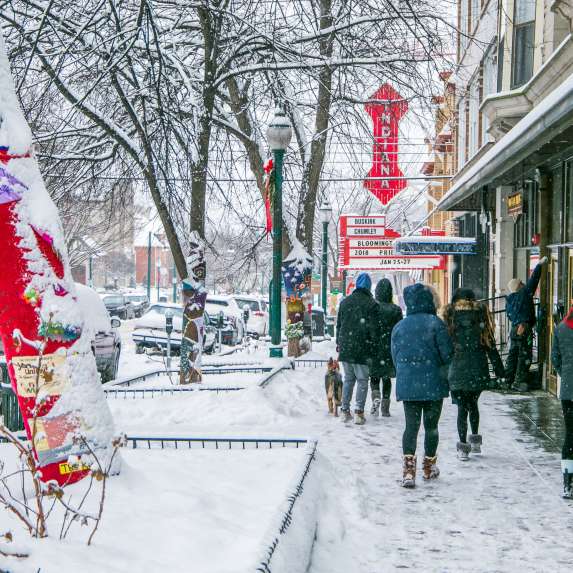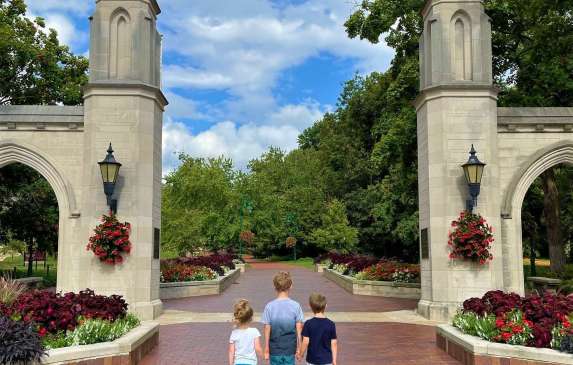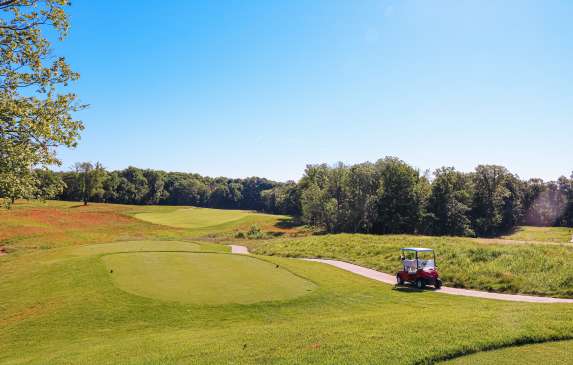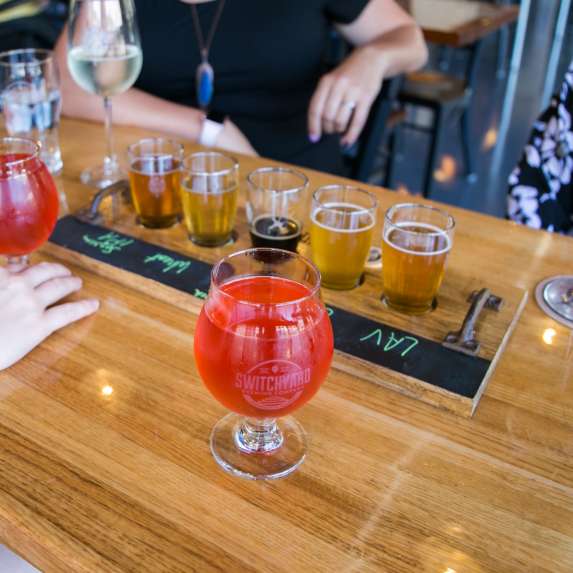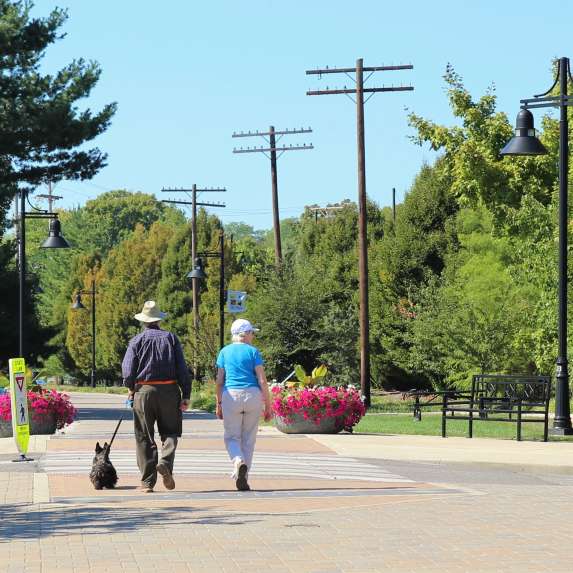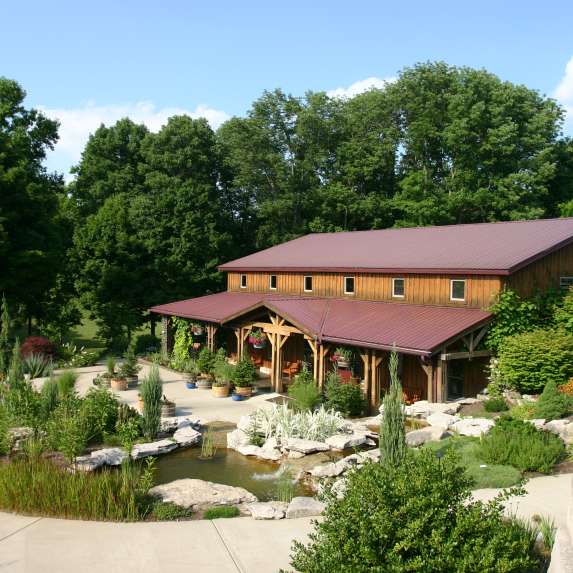There's something to do in Bloomington for every type of person.
Spend the day on the water at Monroe Lake, shopping the local stores around downtown, entertaining the kids at WonderLab Museum, hiking through the Hoosier National Forest, exploring the Indiana University campus, going on a foodie tour at our hundreds of incredible restaurants, golfing at one of the continent's top-rated courses, listening to live music at one of our best venues — we could keep going, but we think you get the picture. Bloomington has a huge variety of things to do, and we cater to every interest.
With so many attractions, it can be a little overwhelming to find what you’re looking for — that's why we've curated content for you to explore below. In addition to all of the things you can do year-round in B-Town, there are always special events going on — check out our events calendar for upcoming festivals, concerts, sporting events, and more. For seasonal inspiration, peruse our spring, summer, fall, and/or winter trip ideas. If you need a little more assistance, our Visitors Center is happy to help — just give us a call at (800) 800-0037.

